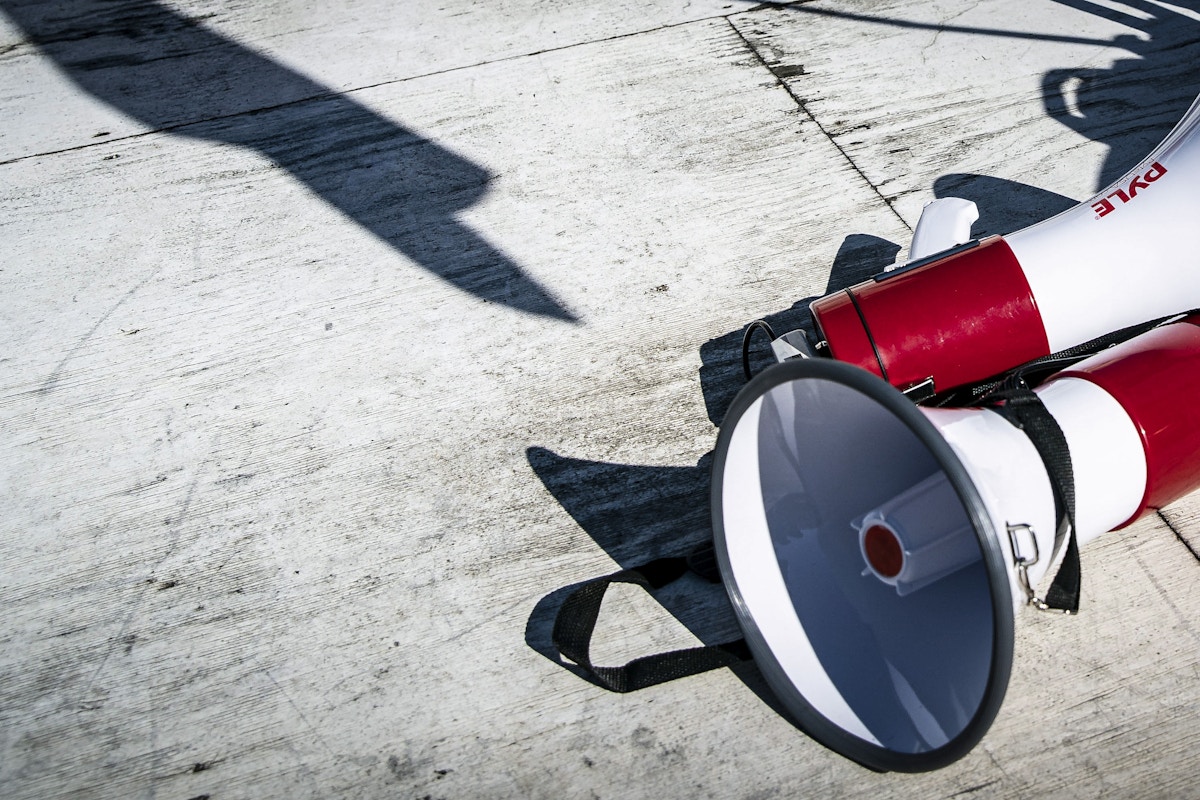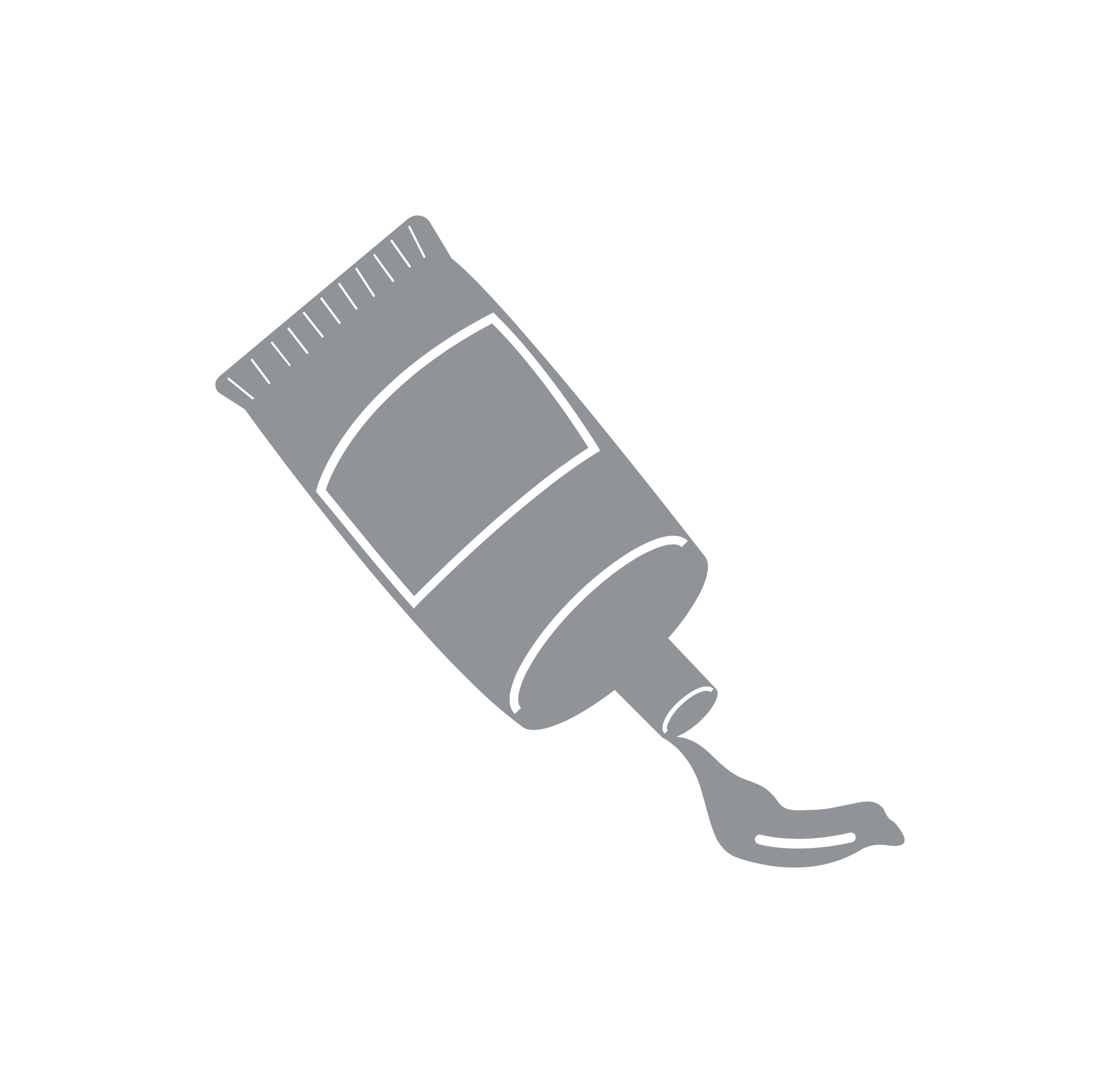* * *
“How can we involve the greatest number of people?” is a common question among activist citizens.
Hold an event, hope many show up. Organise a petition, hope many sign it. Send out a tweet, hope many share it.
The establishment might have the power, the thinking goes. But by damn, we've got the numbers! And it makes sense.

Perhaps, though, "how do we get more?" isn’t the right question. Maybe the burden of needing to scale up, is actually holding back your activist group.
The downsides of mass
The path to building mass is well-worn. You establish a campaign with a core team, which gives you your first 'members'. You call out for more. And suddenly... there's interest! Signups! Ideological fellow travellers!
Now you've got to find something for all those members to do. If you have a clear, finite 'ask' for them – donate, sign this, show up somewhere with a banner – it's easy to handle.
Anything more regular or demanding than that, though, introduces complexity. Because it requires management.
And people management is hard. Done wrong, it can lead to meltdowns, slow decisions, the tyranny of the annoying, therapy sessions and navel-gazing. Case in point: the activist groups described in this Intercept piece.

And the more people you have to organise, the harder it gets.
Big pharma gets a black eye
But maybe you don't even need a large team to have impact. Or a team at all.
A recent example. Diabetes advocacy groups represent a well-funded, long-established sector. For years, they've been trying to raise awareness of the insane price of life-saving insulin, kept high by a cartel of three pharma companies, including the giant Eli Lilly.

Last week, a single enterprising person exploited the Musk-Twitter mess over account verification. Impersonating Eli Lilly's official account, they tweeted out:

Boom! Eli Lilly's stock price crashed, as well as that of other insulin makers. The company took a huge PR hit. And the action provoked a broad discussion on the price of insulin, involving politicians like Bernie Sanders.
This lone prankster didn’t make insulin free. But I bet they achieved more with this gutsy move than organised diabetes activists have done on the topic in years. And it was poetry.
Another example. Two people gluing themselves to a painting in a museum in July, created a wealth of headlines and signups for climate change activism.

Or picture a whistleblowing operation, done on a shoestring. You need someone to find the leaker, someone to advise on the legal aspects, and a communications person to sell it in. Or a single person with all these skills. That's all.
Or a lobbying action: one person with the right contacts saying the right thing at right time.
And so on and so on.
None of these need mass participation, and all the headaches that come with it.
A better question
These nimbler, leaner forms of activism can have an outsize impact because they represent a different posture to the mass participation model. They leverage the technologies of today; they're hyper-focused, and strategic. And they exploit the establishment’s weaknesses, master their tools, and strike at the right time. As technology evolves and skills are spread, the possibilities for this kind of activism are multiplying.
In fact, maybe the movements of the future won't be movements at all. They might be scrappy, enterprising teams and individuals, brought together by desires beyond their cause. Who aren't operating under any banner. Who plan right, move fast, and aren't afraid to experiment. And who then break up and disappear into the ether, as new ones form.
Of course, large numbers still have a place in activism. To get that meeting with a decision maker, you might need to show you’re representing a wide group. If you’re threatening power with an organised, distributed action (like Don’t Pay or Make Amazon Pay), mass participation is the only way.
But the almost-religious devotion in activism circles to broad participation clouds strategic thinking. If you've done your campaign planning correctly, you'll know what you're after. So just be open to the idea that the highest impact might not need to include everyone.
And instead of wondering how to get more, ask: “What’s the smallest amount of resources I need to achieve this goal?"
Update 24/11/22: More on this idea, in this exchange below with Yanis Varoufakis on our regular debate show. At issue here: Should we call for a mass consumer boycott of Amazon, or focus on specific actions like the Eli Lilly one mentioned above?
In the end I think I agree with Yanis that it's not an either-or proposition. But the wider point is that when planning campaigns, we tend to bias mass participation – to our detriment.
Update 27/11/22: The guy who wrote the Ely Lilly insulin tweet has explained what he did and why.
I did a… certain tweet two weeks ago. Something about insulin. You probably saw it.
— Sean Morrow (@snmrrw) November 22, 2022
Anyway, here’s why I did it: pic.twitter.com/fuPQW7KtMC





